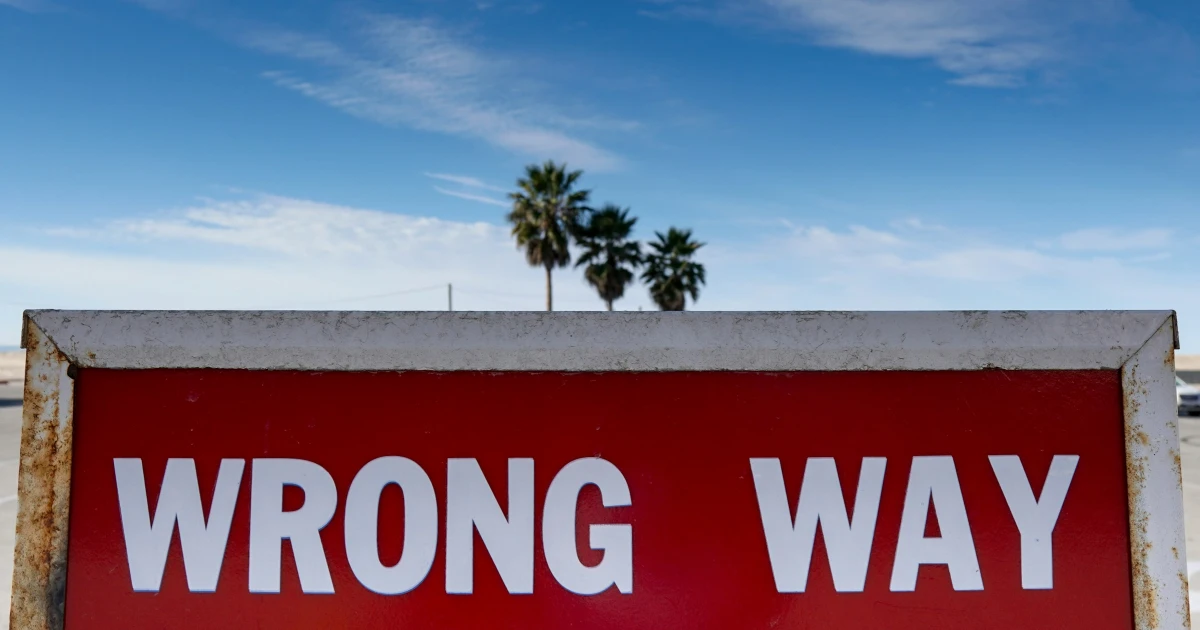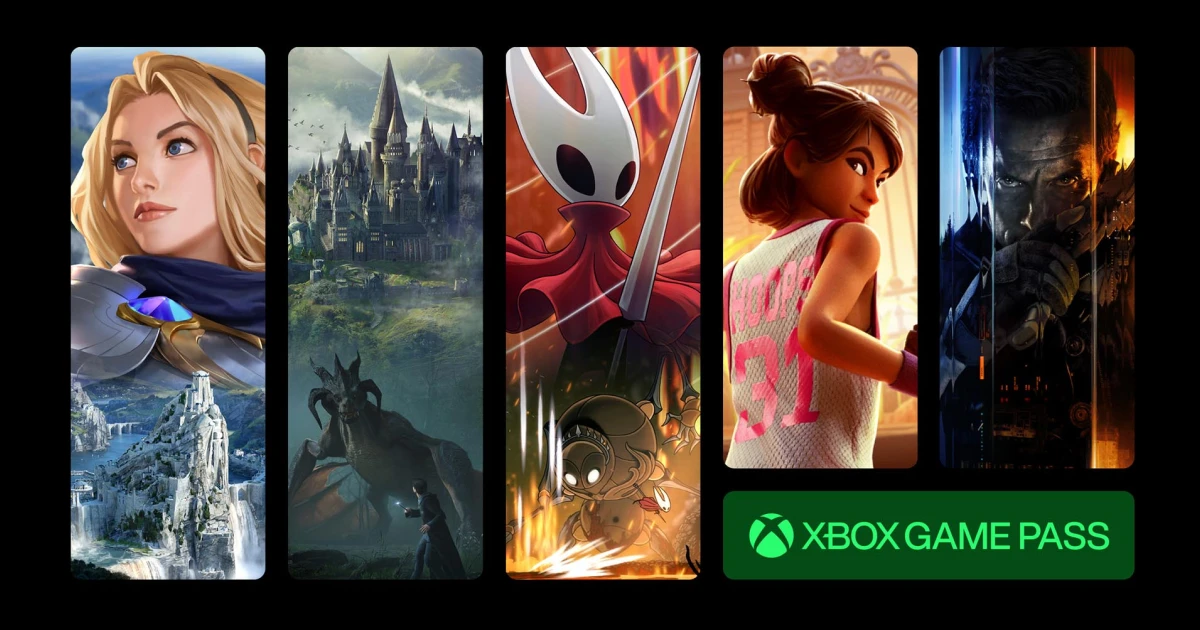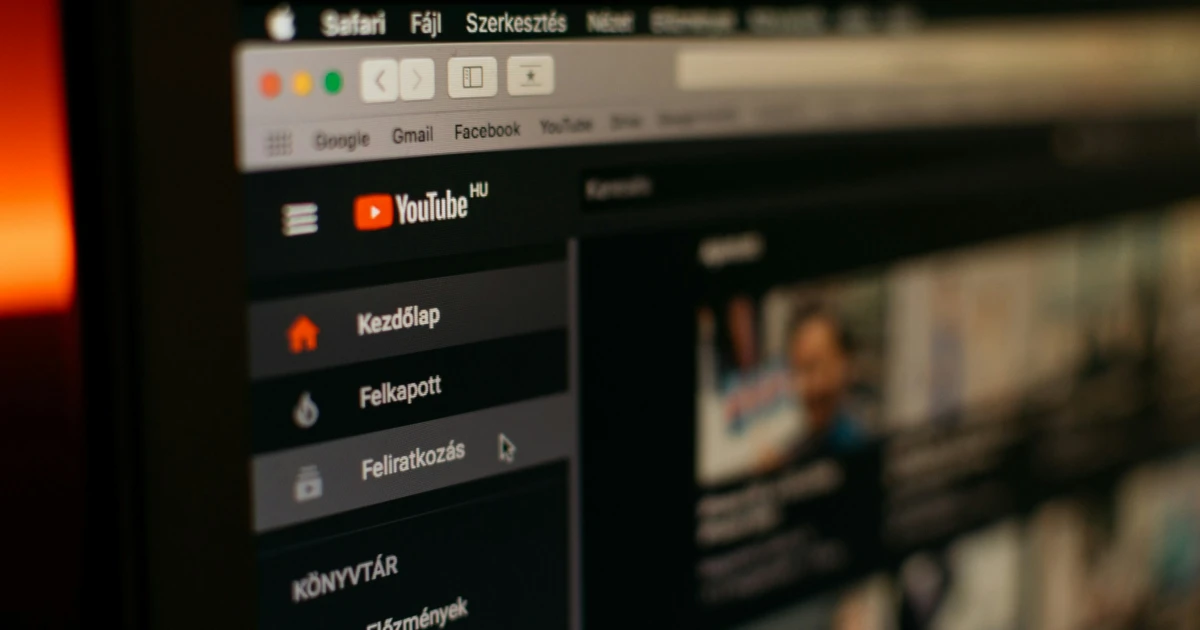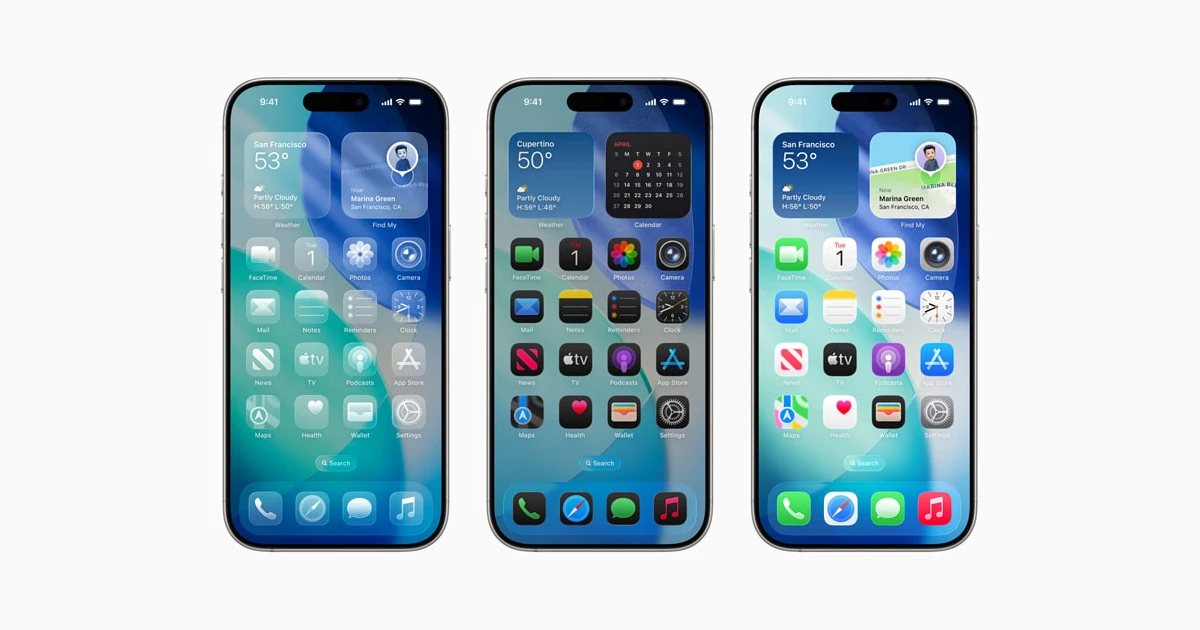In April 2020, a month after almost everything began to shut down because of the COVID-19 pandemic, someone decided that it was a great idea to launch a new streaming service. And not any streaming service, but one that was available only on mobile devices and should have been consumed the most while commuting, waiting in line at a coffee shop, or in any instance that usually takes us a short amount of time. That is what Quibi had planned, but it failed miserably. Combining the effects of the pandemic with the lack of good content, the platform went under fast and closed its gates in December 2020, only after only a few months on the market.
Well, Quibi was a streaming service developed under the patronage of entertainment icon Jeffrey Katzenberg, known for his incredible work at Disney and Dreamworks, and billionaire Meg Whitman. Jeffrey Katzberg was the producer of Shrek, The Prince of Egypt, or even The Road to El Dorado, and many others. So, the audience was not expecting to receive from the app such bad content. And when we did, we were all disappointed, especially because it was a paid streaming platform.
The company had raised almost 2 billion in funding from some of the biggest giants in the film and TV industry, and it had a lot of potential. The founders invested around half of that money in producing original new content for the platform, but most of the available shows were just movies that were cut into multiple pieces in order to have between 5 and 10 minutes per episode. Perfect for your daily traveling, but the content wasn’t entertaining and we preferred to stick with the ones we're already have been used to - TikTok, YouTube, and other streaming platforms.
Quibi’s main differentiator was that the app let us choose whether we wanted to watch shows in both landscape and portrait modes without disrupting the experience of consuming content. It was a good addition to the app’s features; however, this feature couldn’t be used for every video as it was not executed that well. So, why did the creators of Quibi go along with it?
Quibi was supposed to be the next big thing in digital media streaming, a rival to Netflix, even though the founders mentioned in numerous instances that they were not in competition with them.
But their failure was set from the beginning as their content wasn’t at all what was expected to be. Quibi thought they would lure customers through their “innovative” technology, but failed to understand the market and what people want from a streaming service. And that is hard to grasp since one of the founders - Jeffrey Katzenberg - had a lot of experience in the filmmaking industry. And, even though the company invested a good part of the money invested in the app in the production of original new content, we can’t get our minds around a revolutionary show or movie that they have created; nothing went viral, and for a good reason.
Its biggest shows were the action-comedy “Die Hart”, starring Kevin Hart playing multiple variations of himself, and the aptly-titled survival-drama “Survive”, starring Game of Thrones’s darling Sophie Turner. As you might expect, both of them were flops, since they didn’t manage to lure more people to the streaming platform.
And let’s not forget that another reason that adds to their failure is the fact that Quibi failed to land a hit TV show that really could’ve boosted its subscriber base. We, as consumers, want to pay for quality; it’s that simple. Quibi failed to build on that. Even more so, its ad-supported plan at the date of the launch was $5, and its ad-free plan was $8. And compared to other short video platforms, we would have expected for the content to be worth the subscription. Instead, we received superficial shows that didn’t bring anything new to the table. No one wanted that, so, as expected, customers started to choose free alternatives like YouTube and TikTok. And by the time Quibi decided to try an ad-supported free subscription, it was too late.
And the bad content that they provided is not the only thing that led Quibi to its failure. They also had bad marketing. Meaning that Quibi never chose the path they wanted to follow, and they didn’t target a specific audience. Innovative streaming service? Content machine? Both? For publicity, they decided to go with the first, thus focusing their whole attention on advertising the platform for its uniqueness, with a special focus on the Turnstyle technology. This allowed users to switch between landscape and portrait mode, claiming that the video is actually edited two times, so it can fit perfectly in both options. Their ads were dull and it seems that they never knew as they never knew who they were addressing. Not to mention the fact that they spent a lot of their marketing budget on a Super Bowl ad that played 2 months before the actual release of the streaming service.
So, we raise the question - what Quibi could have done better? Well, with that money in their hands, Quibi didn’t know how to spend it. Even though they had put out a lot of original content, neither of their shows seemed to have struck a chord with their subscribers. They definitely should have spent more time researching quality actors and directors who would have been able to lift the streaming service. Instead, they chose popular actors who are not known as being incredible talents. And they learned the hard way that popularity is not more important than quality. In the era of streaming, shows with unknown casts can go viral, look at Stranger Things!
Moreover, because of its mobile-only limitation, the price of Quibi was pretty high. Not only you couldn’t watch it on your laptop or TV, but you also had to pay $5 for a service that included ads. Not really a deal, considering the fact that your offer was scarce and redundant.
So we can learn something from their experience, primarily that we always need to set goals and have a clear vision of what we want to do. They never tried to develop a personality and never knew what it really as. It suffered from the stuck-in-the-middle syndrome. You could have found a better price-to-quality ratio at its competitors, like Netflix and HBO. And if you preferred shorter content, you could have gotten it for free on platforms such as YouTube and TikTok. You might think, Why subscribe to Quibi then? A lot of media consumers felt the same, thus contributing to the failure of Quibi.
Another lesson is the importance of well-made research, and that we should never assume without being informed. Somehow, Quibi felt that people needed ~10-minute content full of popular Hollywood actors to consume. Too bad for them because easy-to-digest content filled with familiar faces is not all that it matters in our era.
So, the story of Quibi is a great example of money not being enough to keep a business afloat. In all of its existence, the people behind Quibi never really understood their audience, and without an audience, you cannot do anything in the streaming business.















